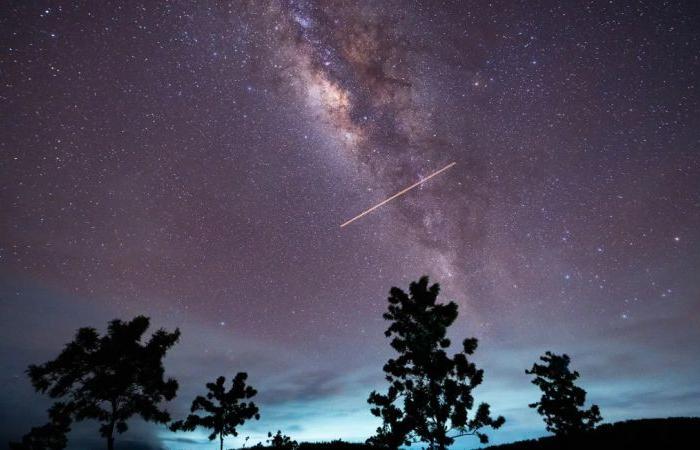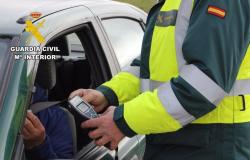CNN
—
The rain of Meteoros ETA Acuáridas is about to reach its peak and you will have to get up early to see this heavenly show. It is the last meteor rain until the end of July, and is considered one of the best annual rains in the southern hemisphere, according to NASA.
Although experts differ on the exact peak of this meteor rain, they agree that the best moments to see it is in the early hours of the morning before dawn on Sunday, Monday and Tuesday, according to Earthsky and the American Society of Meteors.
On Tuesday, the Moon will put at 3 am in any time zone, providing dark skies for optimal visualization, according to NASA.
Those who observe the sky in the northern hemisphere can expect to see between 10 and 20 meteors per hour between 2 am and 4 am, experts from the American Meteor Society said. But the observers of the sky in the southern half of the US and in the southern hemisphere in general could see many more, Earthsky shared.
The ETA Rain of Meteoros Aquáridas produces fast meteors with visible and persistent steles that extend behind them and can last several seconds after they pass, but few bright fireballs, according to the American Society of Meteors.
The ETA acuáridas meteor rain has its origin in the Halley kite. The Earth crosses the orbital trajectory of the comet every spring, between April and May, causing small grains of rock and dust detached by the kite blowing the atmosphere of our planet and create a dazzling spectacle of meteors. This phenomenon is repeated in October and gives rise to the meteor rain of the Orionaids.
The Halley comet was last visible in the earth’s night sky in 1986, and will return in 2061, when it travels a 76 -year orbit around the sun.
Meteors seem to proceed from the northeast of the Aquarius constellation, which contributes to the name of the astronomical phenomenon.
Meanwhile, the meteors seem to originate from the faint star ETA Aquarii that is 170 light years away. Meteors actually burn at only 60 miles (100 kilometers) above the earth’s surface, according to Earthsky.
If you live in an urban area and want to see the ETA Acuáridas, you may lead to a place that is not full of city lights that obstruct your vision. The darker the sky, the more likely you will have to see a greater number of meteors.
Find an open area with a wide view of the sky. Be sure to have a chair or a blanket so you can look up. And give your eyes about 20 to 30 minutes to fit the darkness – without looking at your phone – so that meteors are easier to detect.
Next, the key dates of other meteor rains that are anticipated this year, according to the American Society of Meteors and Earthsky.
Delta Acuáridas del Sur: July 29-30
Alfa Capricórnidas: July 29-30
Perseids: August 12–13
Draconidas: October 8–9
Orionidas: October 22–23
South Taurus: November 3–4
Northern Taurus: November 9–9
Leónidas: November 16–17
GEMINIDAS: December 12–13
Úrsidas: December 21–22






